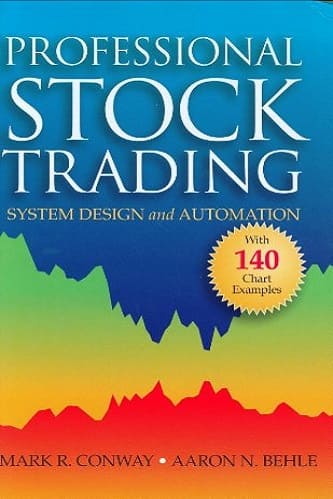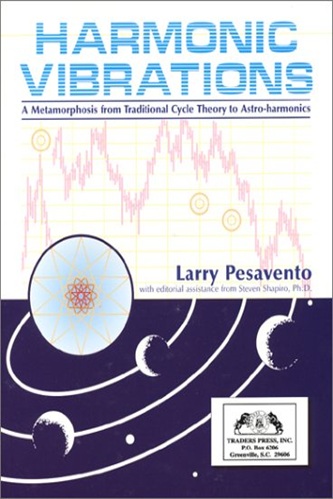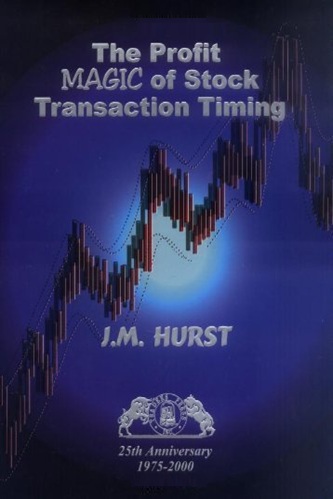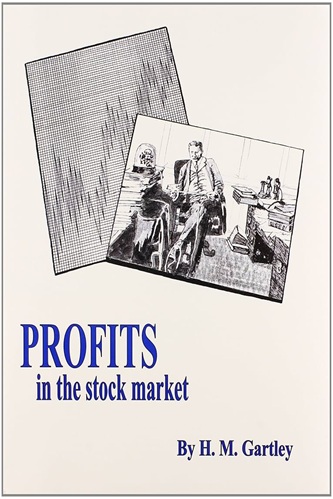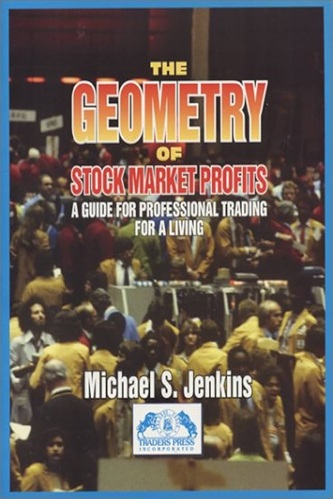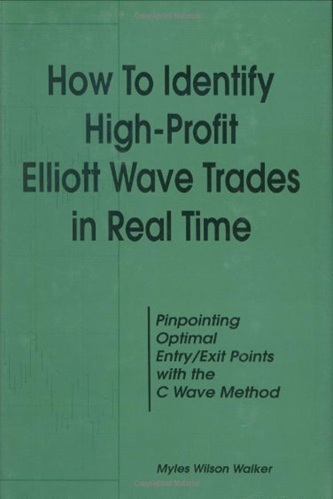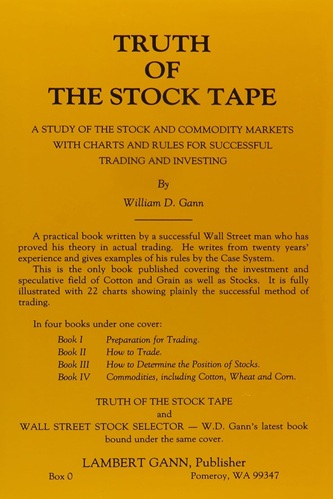Professional Stock Trading: System Design and Automation
$22.14
| Author(s) | , |
|---|---|
| Format |
|
| Pages |
313 |
| Publication Year |
2002 |
Professional Stock Trading is a practical blueprint for the entrepreneur who has the desire, ambition, and intensity to enter the trading business. In a scientific manner, a trader learns how to master the technical elements of the business and integrate them into a disciplined approach. The book ends with a full-scale implementation of a professional trading platform. Swing traders, day traders, and investors who aspire to a greater understanding of the stock market will welcome this book.
Introduction:
The beginning of a trading career is filled with excitement — independence, freedom, and the potential to make money. After building up a starting stake and reading as many books about the market as possible, the new trader is ready to wade into an ocean of stocks with a raft of ideas. As the trader soon discovers, however, a good idea does not always translate into a good trade. A long string of losing trades will have the trader jumping from one idea to another without realizing that having a “system” is just a single cornerstone of trading success.
The most popular trading books focus on technical analysis and pattern identification, suggesting an underlying order to the stock market. Unless the trader has a framework for trading these patterns, the process of trading can be both subjective and overwhelming. When certain patterns stop working, the trader will abandon them just before they resume working again, resulting in a never-ending quest for profits.
This is the first book to give a trader a complete, automated framework for trading stocks: a model that encompasses money management, position sizing, order entry, and a set of trading systems. Nothing is left to chance during the execution process, while the trader is freed to create. The model imposes discipline on the mechanics of trading, not on the creative aspects of system design. The reader should have several years of trading experience and a background in technical analysis. Proficiency in either trading systems development with a language such as EasyLanguage® or software development using a computer programming language such as Visual Basic will complete the experience.
Chapter 1 is a presentation of the trading model and its components. First, we present a summary of the trading systems. Then, we establish the system standards for position sizing, trade entry and exit, and filtering. Finally, we complete the model with a brief analysis of some common technical analysis indicators and their impact on system performance. In each of Chapters 2 through 7, we design and develop a trading system based on a single concept. We define the system rules, code it in accordance with the trading model, and then present some examples of actual trades with charts and rationale. In Chapter 8, we create two market models using two different approaches. First, we apply all of the trading systems to various market and sector indices to create a bottoms-up model. Then, we adapt the pattern trading system to a set of sentiment indicators to create a top-down model, comparing the results of each model.
Chapter 9 takes the professional trader through a real-time trade analysis from the closing bell of one day to the opening bell of the next. The daily cycle of position management and chart review is described in detail. Chapter 10 presents a different perspective on day trading. After a brief Level II tutorial, we show how any trading system can be adapted to intraday time frames. Here, we introduce several day trading techniques that integrate traditional technical analysis with direct access tools. Chapter 11 is the complete implementation of a trading model, including source code for money management, position management, and a complete set of trading systems. The code can be compiled into TradeStation, and the executable code can then be run as a professional trading platform.
Contents:
- PAIR TRADING
- PATTERN TRADING
- FLOAT TRADING
- GEOMETRIC TRADING
- VOLATILITY TRADING
- RANGE TRADING
- MARKET MODELS
- TOOLS OF THE TRADE
- DAY TRADING
- SOURCE CODE
Professional Stock Trading: System Design and Automation By Mark R. Conway, Aaron N. Behle pdf

